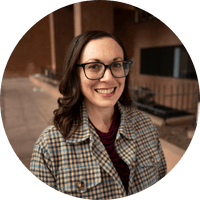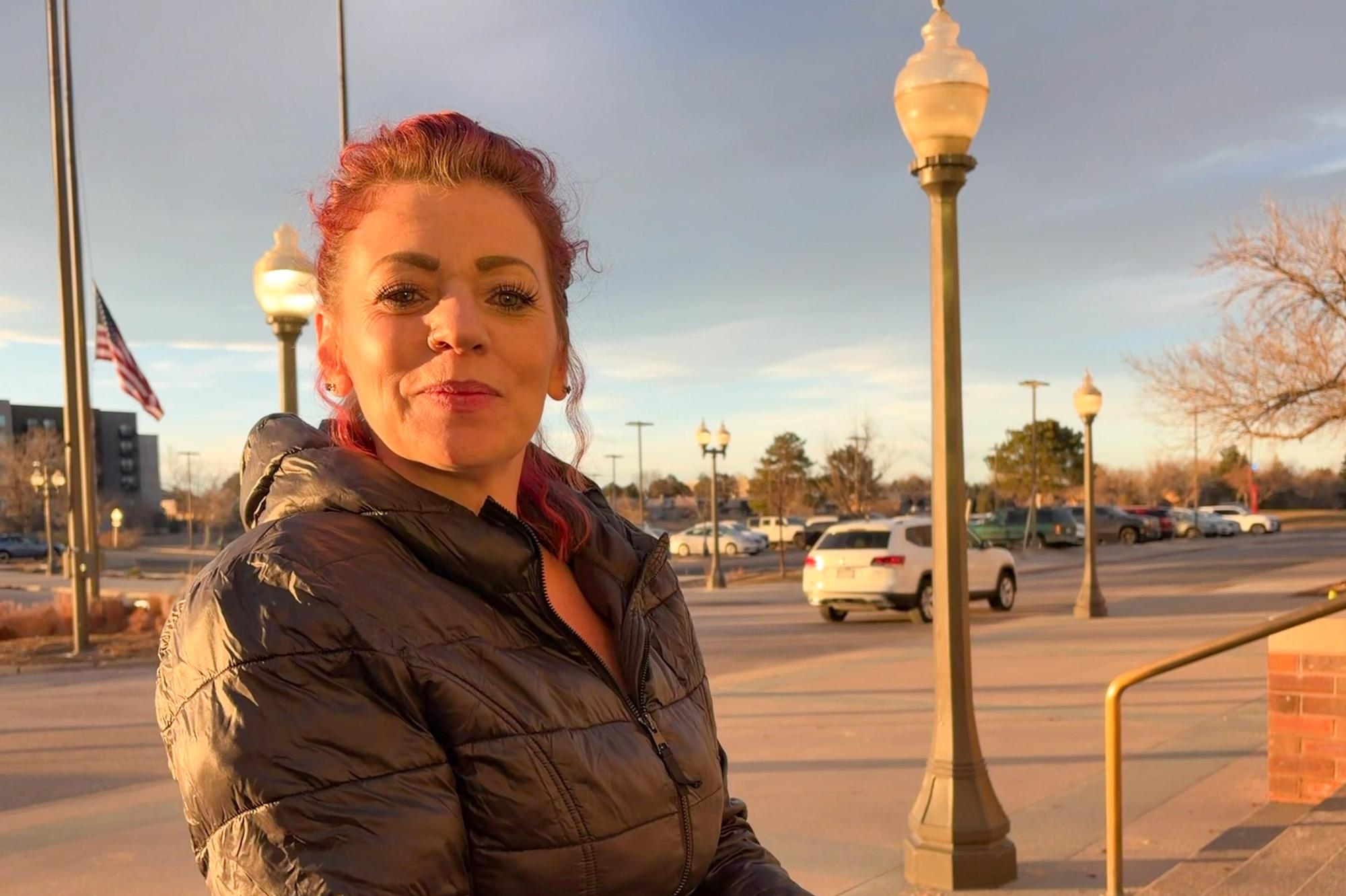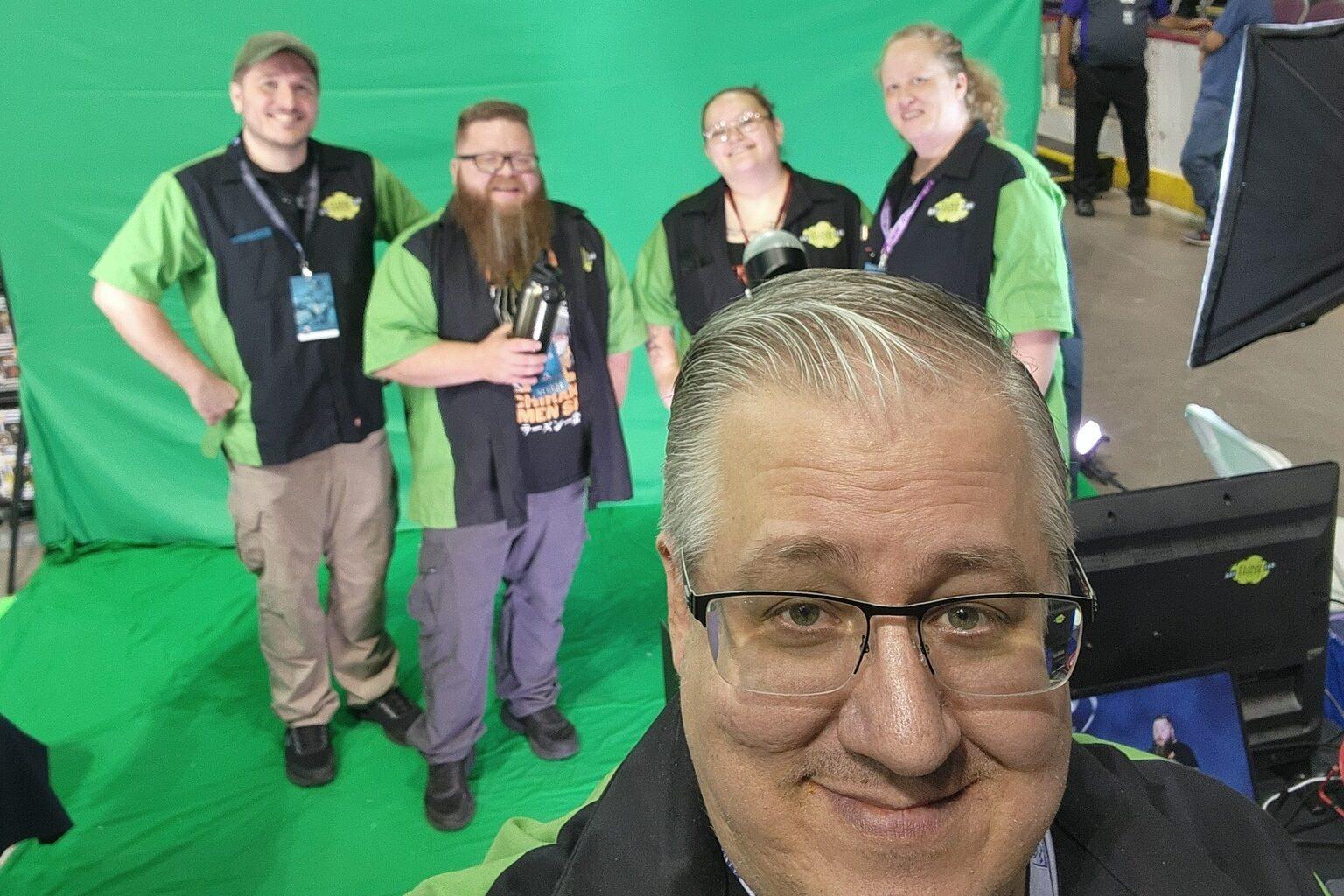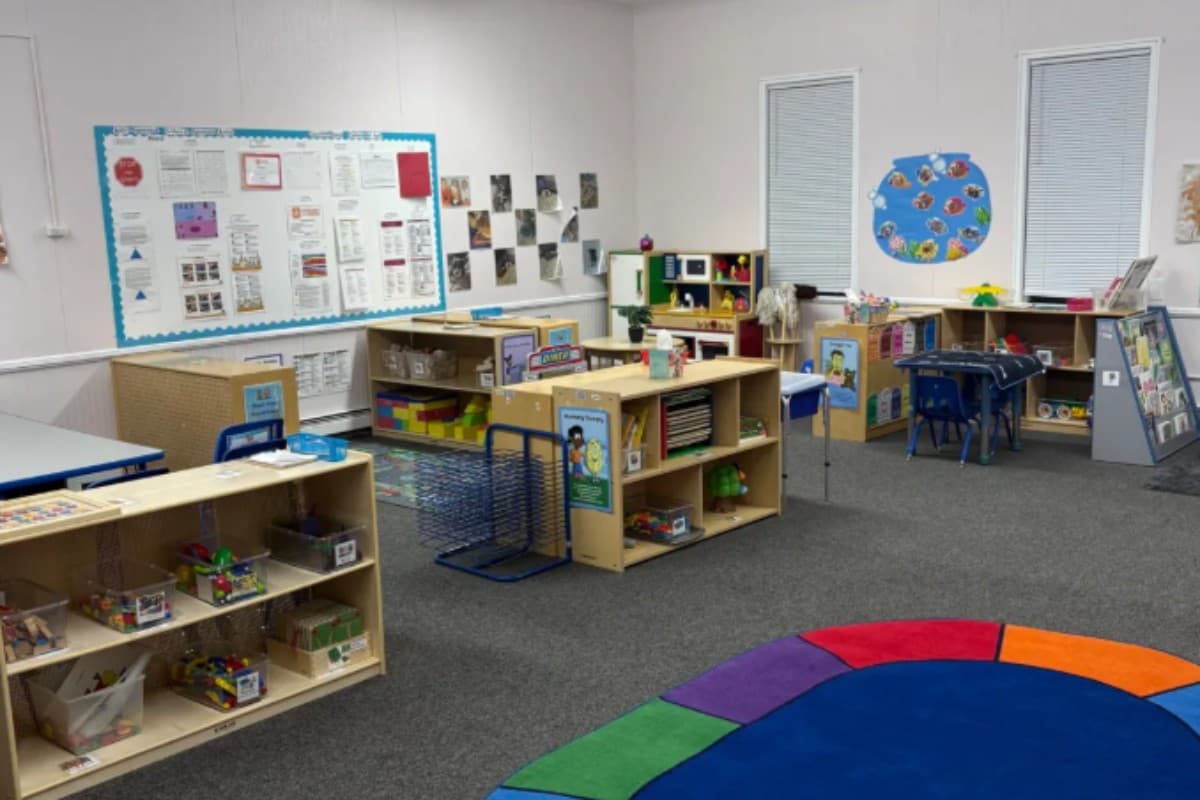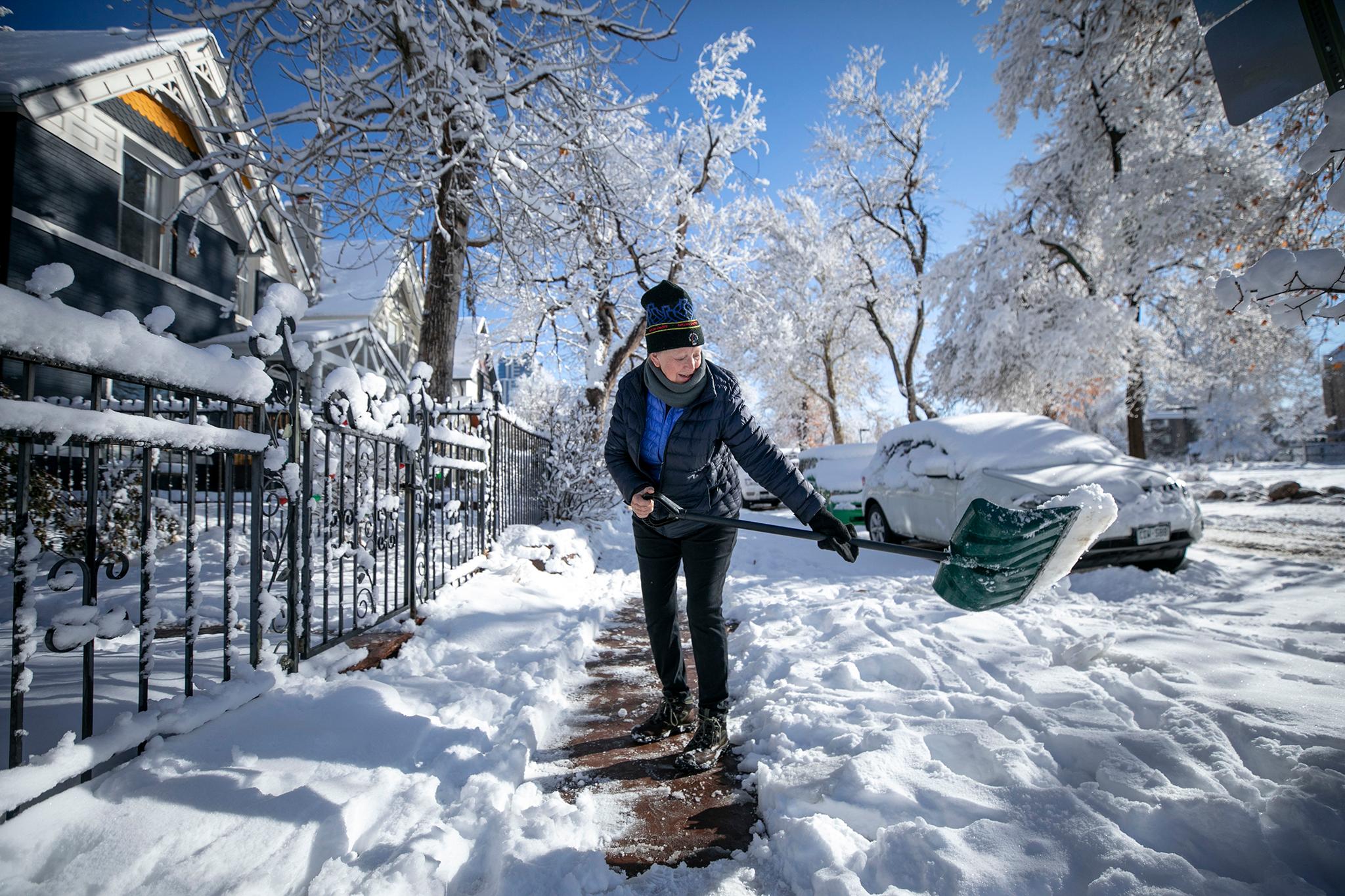
Have you noticed wooden boxes on poles popping up all over Denver with signs on them that say, “Take a book. Leave a book”?
The objects might look like bird houses, but they’re actually very, very small public libraries.
On July 1, two poets take off on a 30-day journey from Boulder to Beloit, Wisconsin. They will ride a tandem bike with their typewriters in tow across middle America, making stops along the way to build Little Free Libraries.
Their project, called “Type Rider II: The Tandem Poetry Tour,” aims to bring literary resources to areas that may not have easy access to a public library.
Maya Stein is spearheading the project with Amy Tingle, her partner in life and business.
“To spend time in a library is a really special thing,” Stein says. “I think what we’re really wanting is to recapture some of that connection.”
The book-loving cyclists devote themselves professionally to encouraging creativity and collaboration, two underlying themes for their tandem bike trip.
“We decided on riding the tandem bicycle because we thought it was such a great representation of what collaboration looks like,” Stein says.
With their "Tandem Poetry Tour," Stein and Tingle plan to build 25 little libraries on the way to Wisconsin. After they launch from Boulder, four other Colorado cities are on their itinerary: Loveland, Evans, Fort Morgan and Sterling.
Stein and Tingle plan to type poems about their journey on a pair of old-fashioned typewriters trailing behind the tandem bike.
“We both feel that there’s a power in holding a book in your hands, a very similar power to writing on a typewriter,” Stein says. “It’s one of the reasons we love typing. It’s this very visceral experience.”
The "Tandem Poetry Tour" and the Little Free Libraries are part of a larger movement spreading across Colorado and elsewhere around the country to get people reading.
On the evening of July 2, a day after Stein and Tingle depart Boulder, Aurora Central Library invites residents to build and decorate little libraries which will then be placed at various locations throughout the city.
And, down in Colorado Springs, a new facility, Library 21, opened on June 21 as part of the Pikes Peak Library District. Within its 112,883 square footage, Library 21c features 3D printers and scanners, laser cutters, professional-quality video and audio editing software, an in-house cafe and a 400-seat auditorium.
Pam Smith is the library director of the AnyThink public library network in Adams County and is well informed about this movement of mini libraries as well as the greater evolution of public libraries.
Smith joined Chloe Veltman, the host of Colorado Public Radio’s weekly arts show, The Colorado Art Report, in studio earlier this week to comment on the many ways libraries are evolving.
Here’s a preview of the interview, which can be heard in full on The Colorado Art Report this Friday at 10:30 a.m. and 7:30 p.m. The segment is also available online on demand.
CPR: Maya Stein talks about using the "Tandem Poetry Tour" as a means to help people reconnect with libraries and each other. How might that happen?
Pam Smith: A small library is something that reminds you of a larger library. It, perhaps, makes you want to connect with your community in a small way or think about, “Oh right, there is the library that I need to revisit and see what’s going on there.”
CPR: How has the public’s interest in libraries evolved over the last decade?
Pam Smith: There are some people who think, “Oh libraries, why do we need them? I have everything I need on the Internet or I have my iPhone.” Then there’s the other group of people who are rediscovering libraries and are delighted and surprised in realizing that libraries are a support system to lead a very creative, inspired life.
CPR: What type of shift are you seeing within the industry?
Pam Smith: A shift away from the object and towards supporting creativity and innovation of the user. Libraries aren’t so much warehouses for books anymore. We have all this amazing collateral, but we’re really about supporting learning and creativity. This looks different in every library. You can think of it as a lifelong studio: “What do I want to learn today?” Maybe I want to learn to draw, so I get some drawing books and maybe I check out an artist at a library. Then I start to learn how to draw. Or I might learn how to do digital editing or make a video. There’s all sorts of different things you can learn and do in a library.
